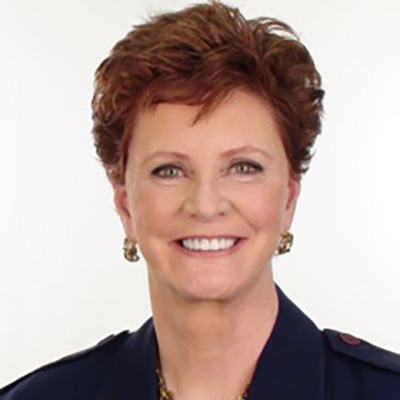For Susan O’Halloran, inclusion has been her passion since she was a teenager and met Dr. Martin Luther King’s people in Chicago.
“I’ve been telling stories “professionally” since the 1970s.” O’Halloran says, “I did what we would now call Performance Art.
“In the 1950s and 60s, I grew up in a storytelling family — not everyone had TVs — and so we entertained each other sitting out on our Chicago front porch steps. Neighbors would gather in the evening and you learned the value of keeping people’s interest with a good story.
“I really started to pursue storytelling as a career in 1990 when I moved back to Chicago and started working with Jim May, Beth Horner, Nancy Donoval, Anne Shimojima and Syd Lieberman. It was a hugely supportive community and I feel that my storytelling really began to grow.
“I won’t be telling a lot of my social justice repertoire at Timpanogos because I’m told that there will likely be children in every set. While my stories always have humor, some of our history is hard to hear. When I do take on difficult subjects, I find stories are the best way because they can bring people together rather than divide us. When stories open our hearts, we can feel our common love for each other and our country.”
O’Halloran is the author of several books and diversity curricula and the producer/director of multicultural performances and films including “Black, White and Brown: Tribes & Bridges at the Steppenwolf Theatre” and “More Alike Than Not: Stories of Three Americans – Catholic, Jewish and Muslim.”
She teaches diversity and inclusion seminars in Fortune 500 companies and Graduate Schools of Business. Sue also works with nonprofits to capture more press, volunteer and fundraising attention through the power of stories.
The Chicago Reader’s Critic Choice said, “O’Halloran has mastered the Irish art of telling stories that are funny and heart-wrenching at the same time.”
“I tell many kinds of stories but when I am telling autobiographically, the stories fall into two broad categories: personal/family stories and teaching stories. With the teaching stories, the trick is to provide inspiration, to show people that the solutions are truly doable without bringing the whole piece to a grinding halt.”
O’Halloran presents with humor, suspense, heartbreak and drama. The audience learns as the character in the story learns.
“If we are having realizations at the same time, the audience is more likely to change right along with me. They’ll eventually end up understanding what I’d like them to understand, not because I preached at them or knew more than they knew, but because we took a journey together.”
“I find that personal and teaching stories are similar in the way that matters most: together, we encounter our despair, our immeasurable victories and the perfectly, imperfect, common experience of being human,” O’Halloran says.

